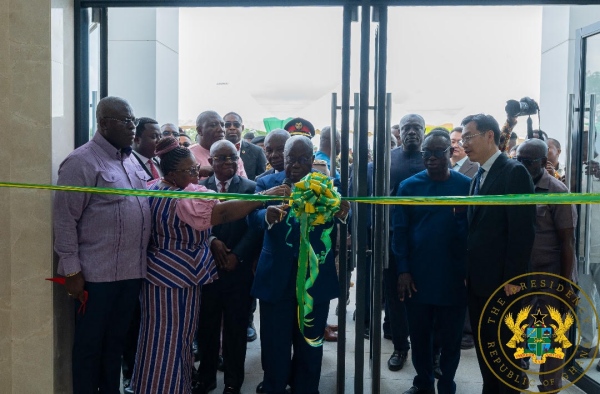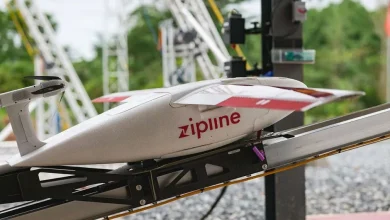Akufo-Addo Commissions Phase II Expansion Project Of UHAS

On Monday, 29th July 2024, President Nana Addo Dankwa Akufo-Addo commissioned the Phase II expansion project of the University of Health and Allied Sciences (UHAS), highlighting the significance of this development for Ghana’s healthcare sector.
Reflecting on the project’s journey, President Akufo-Addo recalled the sod-cutting ceremony for Phase II on September 10, 2021. He acknowledged the need for further infrastructural development at UHAS to fulfill its mandate effectively. Under his directive, the Ministers for Education and Finance, in collaboration with UHAS management and the then Vice Chancellor Professor John Owusu Gyapong, secured $60 million in funding from the Chinese Government.
The President expressed gratitude to the President, Government, and People of the People’s Republic of China for their support and the strengthening bilateral relations between the two nations. He also acknowledged the efforts of the outgoing Chinese Ambassador to Ghana, His Excellency Lu Kun, and his predecessor, the late Ambassador Her Excellency Sun Bahong. The contribution of the contractors, Nantong Sijian Construction Group, and Ghana’s former Ambassador to China, Ambassador Edward Boateng, was also recognized.
The completion of Phase II will significantly enhance UHAS’s capacity to train more health professionals, including doctors, nurses, pharmacists, and other allied health practitioners. This expansion is essential to address the growing healthcare needs of Ghana’s population and the demand for a skilled workforce. With additional facilities and resources, UHAS will be better positioned to offer comprehensive education and practical training, ensuring graduates are well-prepared for the healthcare sector’s challenges.
Moreover, the new facilities will support cutting-edge research and innovation, allowing scientists and researchers to explore new advancements in medicine and healthcare delivery. This progress is crucial for developing locally relevant solutions to health challenges and establishing Ghana as a leader in health research in Africa.
To mark this special occasion, President Akufo-Addo announced a personal donation of ten desktop computers and ten laptops to UHAS. These devices will aid the administration and enhance the university’s capacity to provide quality education and services.
President Akufo-Addo also took the opportunity to express his profound gratitude to the outgoing Chairperson of the University Council, the esteemed former Justice of the Supreme Court, Mr. Justice Jones Victor Mawulorm Dotse, for his exemplary leadership and contributions over the past six years. He wished Mr. Dotse God’s blessings and success in his future endeavors.
The commissioning of the Phase II expansion project marks a significant milestone in UHAS’s journey towards becoming a premier institution for health education and research in Ghana and beyond.










